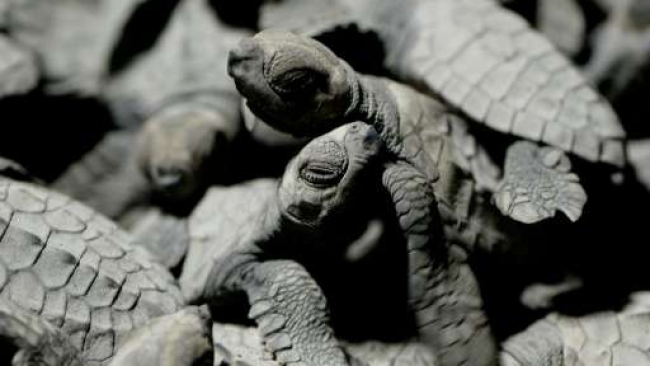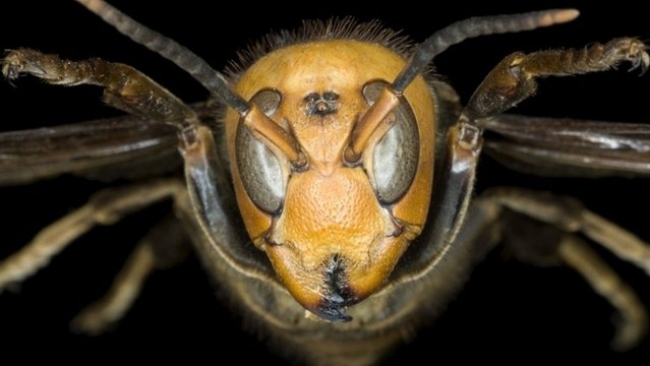Turtles' vulnerable start to life on Philippine coast

Hundreds of tiny turtle hatchlings emerge above a Philippine beach at night and immediately look to the sea, hoping to beat huge odds and start a remarkable trans-oceanic journey lasting decades.
The olive ridleys, each shorter than a credit card, are among five species of sea turtles in the Philippines that are in danger of extinction, mostly because they are prized as a protein-rich food. "Not too long ago, all marine turtle eggs here ended up in the pot," said Manolo Ibias, 63, a part-time fisherman and farmer who in his youth stole ridley eggs buried along the coast to eat as omelettes. As a late convert to conservation, Ibias has for the past 17 years led Pawikan Conservation Centre, a community-based effort to protect turtles in Morong, a town about 80 kilometres (50 miles) west of Manila, which is the olive ridleys' largest known egg-laying site in the country.
Globally, all seven known marine turtle species are declining or near extinction, mostly because of human actions, according to the Swiss-based International Union for the Conservation of Nature. These include accidental capture by giant nets of industrial-scale fishing trawlers, as well as coastal development that rob the migratory reptiles of nesting sites.
And while the sea turtle trade is banned under an international convention, their meat and eggs remain a source of food and income for many people, such as those in the mostly poor fishing villages near Morong. They are also harvested around the world for medicine, religious ceremonies and as articles of fashion.
Source: Phys.org
Mon 29 Feb 2016 at 11:49





